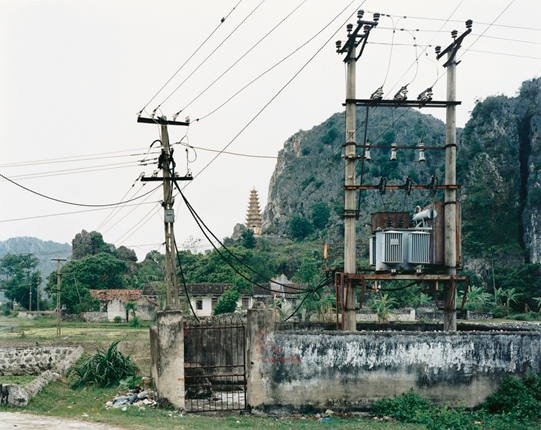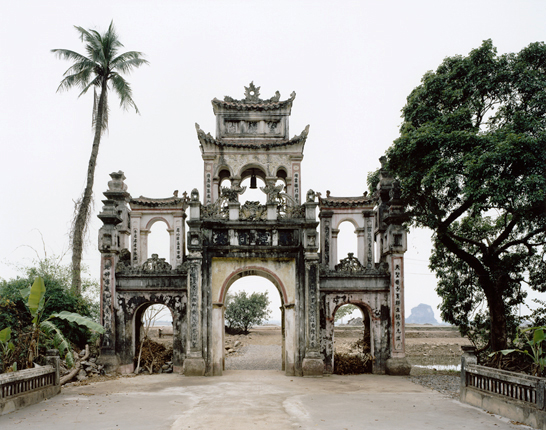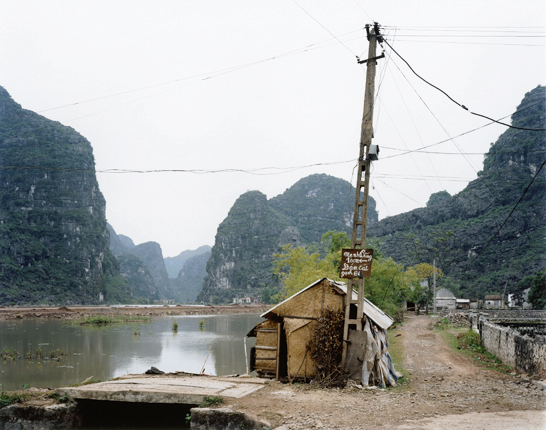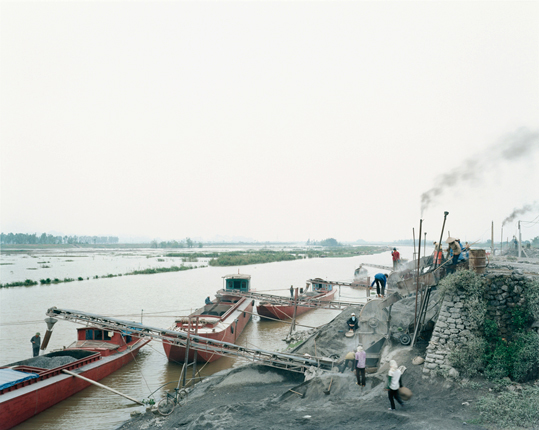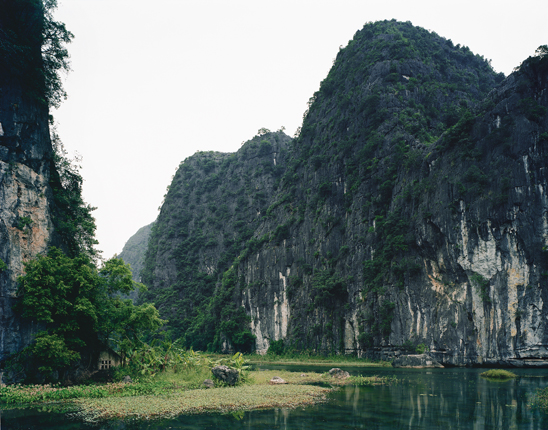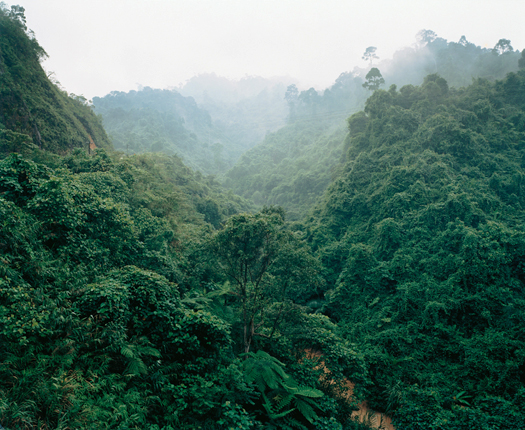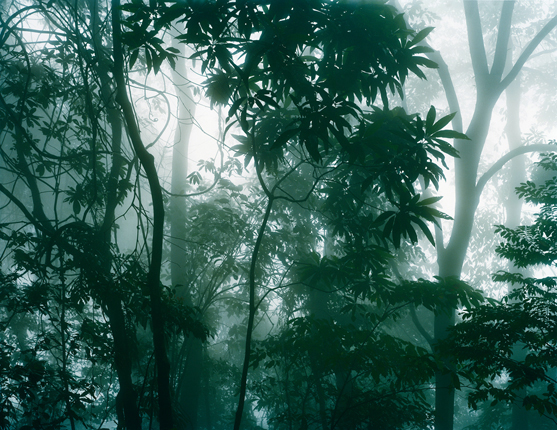“To photograph is to appropriate the thing photographed,” Susan Sontag aptly wrote.This form of appropriation can be observed in Schink’s travel photos. He reappropriates more or less exploited tourist motifs—for himself and for the context in which he acts: the art context. Certainly a difficult undertaking, if not a precarious one. Yet, Schink trusts his own intuition and has corrected or dropped many preconceived ideas when the actual sight of a place suggests a different theme or approach. The conquering gesture, the gesture of discovery, is alien to him. He begins gingerly, allowing himself first to gather specific impressions, engaging in a kind of attentiveness that perceives the equilibrium of the subject as a specific internalized atmosphere. Instead of deliberately seeking out certain perspectives, he waits for the “right” touch, the stimulating contact. Schink describes this as permitting reality to make the final decision. Once contact has occurred and the basic decision made, he likes to trust the site, to make it something of his own. Unlike the early explorer-photographers, he would rather attenuate the exoticism of a site instead of emphasizing it; he feels the need to replace the sense of otherness with a sense of relatedness, to find something familiar in the foreign. The familiar, however, can also be supplied through the memory of images. (…) The atmospheric images of the rain forest he brought back from Vietnam inevitably recall the scenes of Captain Willard’s odyssey through the Cambodian jungle in Francis Ford Coppola’s opus Apocalypse Now.
From a text by Kai Uwe Schierz




